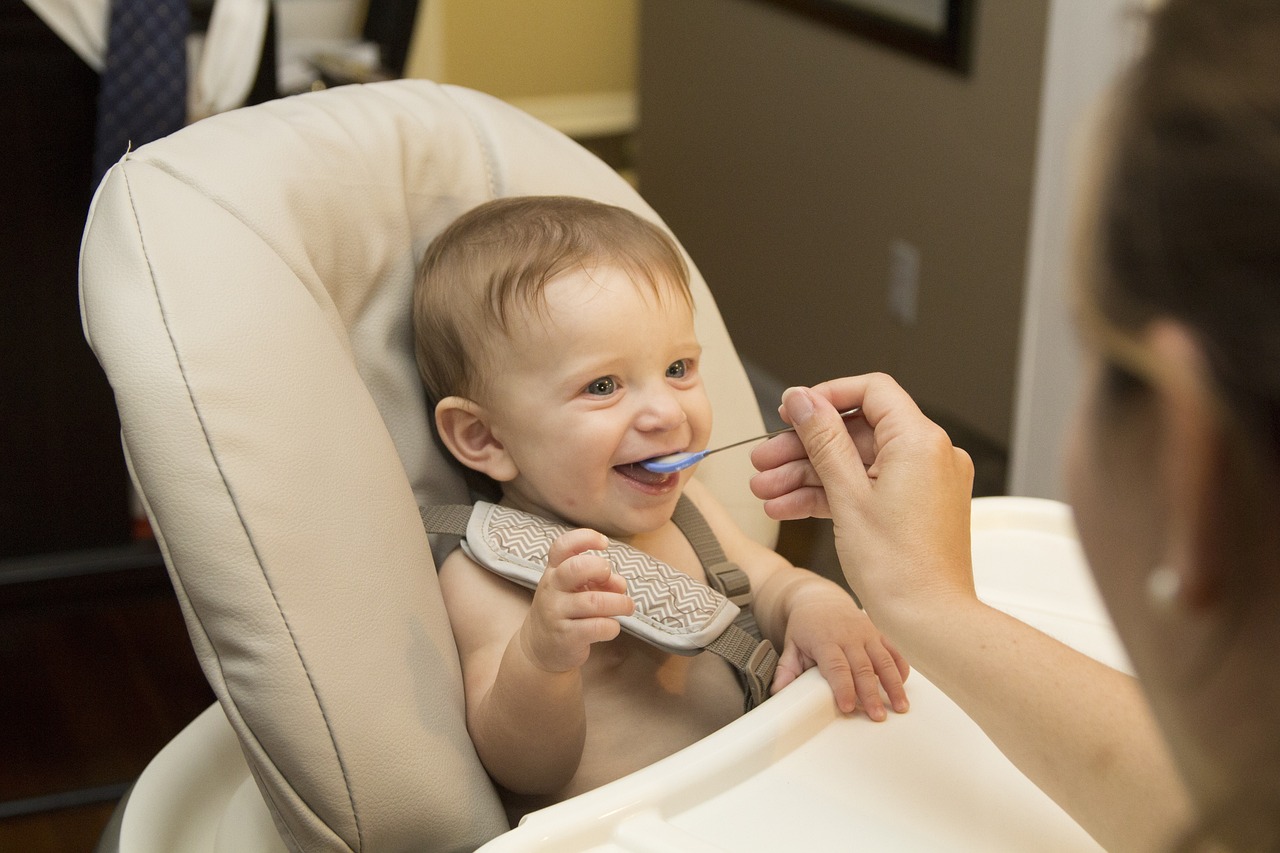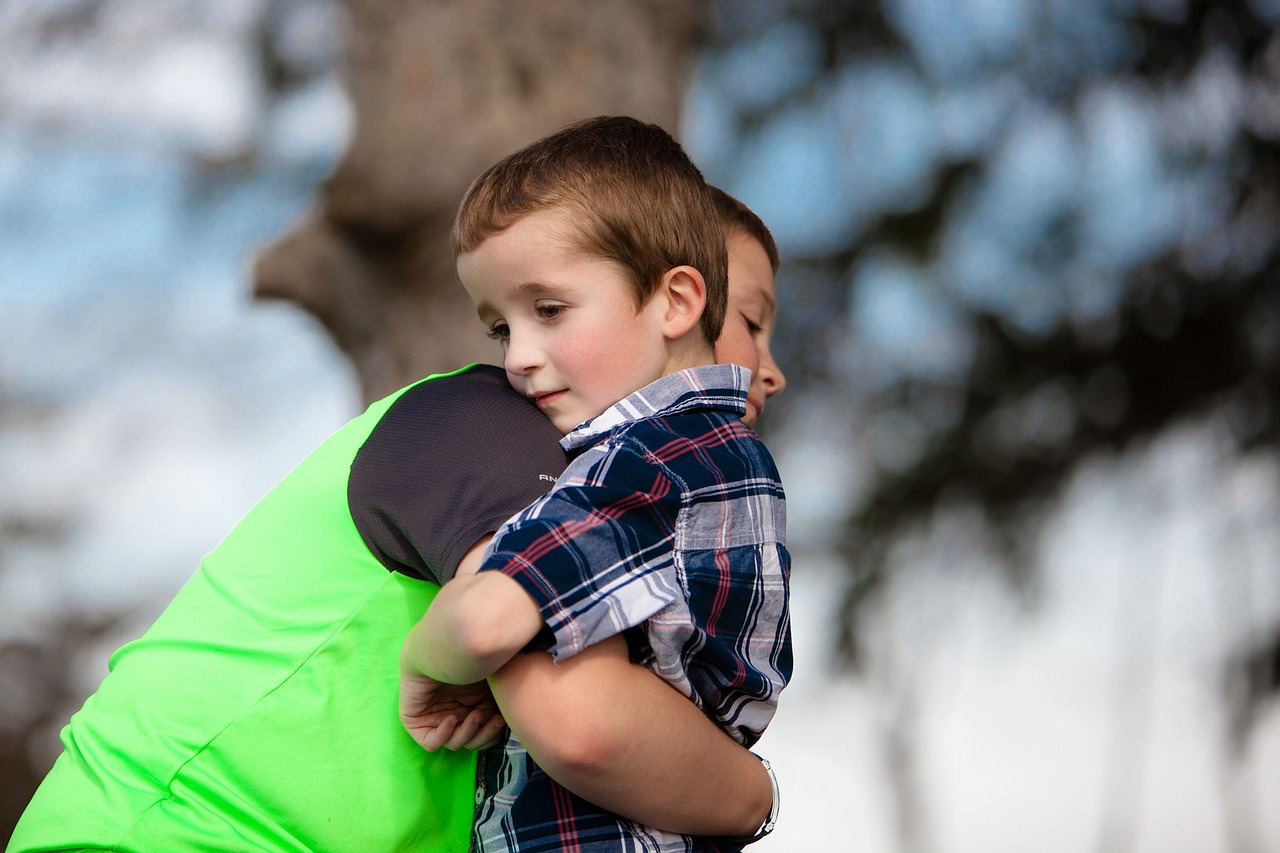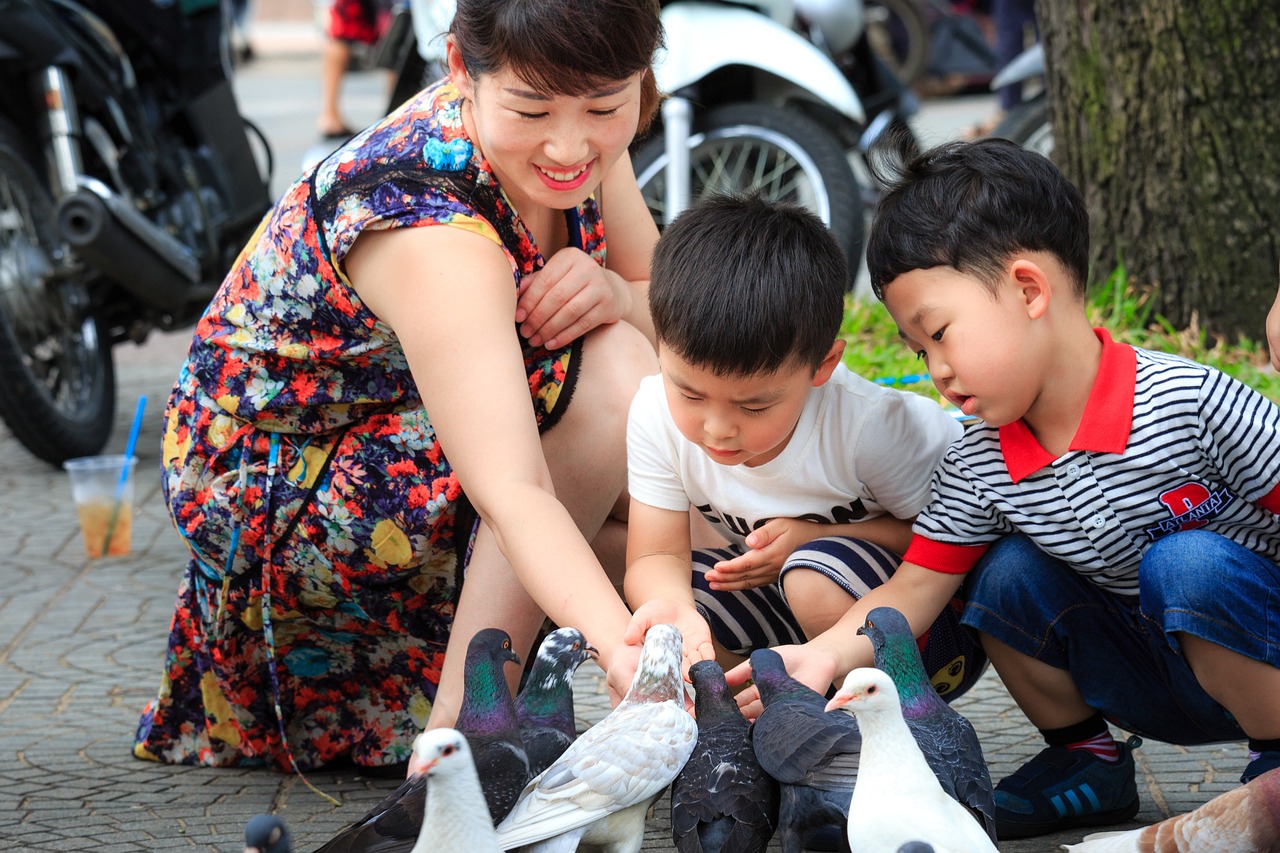10 Smart Ways to Introduce Kids to Pets

10 Smart Ways to Introduce Your Kids to Pets Safely
Introducing children to pets can be an incredibly rewarding experience. Not only does it teach them important life skills such as responsibility and empathy, but it also provides them with a lifelong friend and companion. However, introducing children to pets should be done thoughtfully and carefully to ensure the safety and well-being of both the child and the animal. In this article, we will explore 10 smart ways to introduce children to pets, ensuring a positive and enriching experience for everyone involved.
1. Research the right pet for your family:
Before introducing any pet to your children, it’s essential to research what kind of pet is suitable for your family’s lifestyle and living situation. Consider factors such as the pet’s size, temperament, and activity level, as well as any allergies or phobias your children may have. Talking to experts such as veterinarians or animal behaviorists can help you make an informed decision.
2. Visit animal shelters or pet stores:
Bringing your children to animal shelters or pet stores offers them an opportunity to interact with different types of pets. Encourage them to observe and interact with various animals to get a better understanding of what owning a pet entails. This hands-on experience can help determine which pet is the best fit for your family.
3. Start small:
If your children are very young or have never been around animals before, it’s best to start with small pets like fish or small rodents, such as hamsters or guinea pigs. These pets require less space and come with lower maintenance requirements, making them ideal for introducing young children to the concept of pet care.
4. Teach them through books and videos:
Introduce the idea of pet ownership to your children through age-appropriate books and videos. There are numerous educational resources available that teach children about pet care, responsibility, and the various needs of different animals. This will not only prepare them for pet ownership but will also spark their curiosity and interest in pets.
5. Set clear expectations:
Make sure your children understand the responsibilities that come with owning a pet. Discuss their role in feeding, grooming, exercising, and cleaning up after the pet. By setting clear expectations from the beginning, your children will develop a sense of responsibility and accountability toward their new furry friend.
6. Supervise initial interactions:
When introducing young children to pets, it’s important to supervise their initial interactions closely. For safety reasons, keep a close eye on both the child and the pet, and don’t leave them unattended until you are confident that they are comfortable and well-behaved around each other.
7. Teach gentle handling:
Help your child understand the importance of gentle handling and respect for animals. Show them how to pet and interact with the animal without scaring or hurting it. Teach them how to approach the pet calmly, using slow movements, and avoid sudden loud noises or aggressive behavior that may frighten the pet.
8. Educate about boundaries:
Children need to understand that pets have boundaries and personal space, just like humans do. Teach your child to respect the pet’s boundaries and signs of discomfort, such as growling or tail wagging. This will help prevent any potential accidents and foster a positive relationship between your child and their new pet.
9. Encourage participation in pet care:
To further strengthen the bond between your child and their pet, involve them in daily pet care activities. Depending on their age and capabilities, children can assist with tasks such as feeding, grooming, and taking the pet for short walks or playtime. This not only teaches them responsibility but also nurtures empathy and compassion.
10. Seek professional help if needed:
If your child or pet is experiencing difficulty adjusting to each other or displaying any signs of stress or aggression, don’t hesitate to seek professional help. A qualified animal behaviorist or veterinarian can provide guidance on how to address any issues and ensure a safe and healthy relationship between your child and their pet.
In conclusion, introducing children to pets can be an incredibly enriching experience. By following these smart ways, you can create a positive and lasting bond between your child and their new furry companion. Remember, owning a pet is a long-term commitment, and it’s important to ensure that both the child and the pet are happy, safe, and well-cared for throughout their journey together.




